19 pages • 38 minutes read
Claude McKayThe Harlem Dancer
Fiction | Poem | Adult | Published in 1917A modern alternative to SparkNotes and CliffsNotes, SuperSummary offers high-quality Study Guides with detailed chapter summaries and analysis of major themes, characters, and more.
Summary and Study Guide
Overview
Claude McKay first published his sonnet, “The Harlem Dancer,” in the literary magazine, Seven Arts in the October 1917 issue under the pseudonym, Eli Edwards. McKay’s bio in the magazine explains that “Eli Edwards is the pen-name of a young negro who makes his living as a waiter in a New York club” (The Seven Arts: Volume 2. Seven Arts Publishing Company, 1917, p. 670). At the time, McKay was 27 and living in Harlem, a predominately Black neighborhood in the New York City borough of upper Manhattan. The poem—which depicts a female dancer in a Harlem club—deals with themes that are present throughout much of McKay’s work, including the problem of objectification, isolation, employee rights, and racism. While McKay had already published two collections in his homeland of Jamaica, this publication was his first poetry publication in The United States. Scholars have noted that it marked the first time a Black poet was published by a white publisher since Paul Laurence Dunbar (1872-1906). Its publication was considered a harbinger to the Harlem Renaissance, a movement that celebrated Black culture and art from 1918-1937.
“The Harlem Dancer” would also later appear in The Book of American Negro Poetry (1922), an anthology edited by James Weldon Johnson, the executive secretary of the NAACP, which won acclaim for furthering the work of Black writers. McKay’s Spring in New Hampshire (1920), Harlem Shadows (1922), and the posthumous The Selected Poems (1953) all include the poem. Harlem Shadows was the first book McKay published in the United States, although it was his fourth volume of poems. It was also the final book of verse published in his lifetime, as he turned to fiction in his later career, but it solidified his reputation as a leading writer of the Harlem Renaissance. A centennial edition of Harlem Shadows was released in 2017 with Pulitzer Prize winning poet Jericho Brown adding a new introduction.
Content Warning: This guide deals with issues of racial discrimination and prejudice. It also references older source material and terminology that contain the word “Negro,” an outdated and offensive term only referenced in direct quotes and titles of historical movements and organizations. The term Black is used here, over African American, due to McKay’s Jamaican heritage. There are also references to sexual objectification.
Poet Biography
Festus Claude McKay was born on September 15, 1890, in Sunny Ville, Clarendon Parish, Jamaica. He was the youngest child of Thomas Francis McKay and his wife Hannah Ann Edwards. At the age of nine, McKay was sent to live with his eldest sibling, a teacher who acquainted him with William Shakespeare, Charles Dickens, and other literary figures.
In 1906, he apprenticed to a cabinet maker in Kingston, Jamaica. In the city, he experienced overt racism for the first time, something he wrote about frequently for the rest of his life. During this time, he also met Walter Jekyll, a folklorist, who encouraged his writing and helped publish his first book of poems, Songs of Jamaica (1912). This was followed by the collection, Constab Ballads (1912), which was inspired by McKay’s brief job with the constabulary the previous year. Both books use Jamaican dialect. McKay received a monetary award for his poetry, which he used to finance a move to America.
McKay enrolled in the Tuskegee Institute but quickly transferred to Kansas State Agricultural College (now Kansas State University). He excelled in his studies, but ultimately decided not to pursue a career in agriculture, leaving after only two years. In 1914, he moved to New York City and married his childhood sweetheart, Eulalie Imelda Lewars, on July 30. The marriage ended, and a pregnant Eulalie returned to Jamaica and gave birth to McKay’s daughter, Ruth. From all accounts, McKay never met or saw his child.
In New York, McKay worked at restaurants and hotels. Under the pseudonym of Eli Edwards, he published his first poems in the United States in an avant-garde magazine called The Seven Arts in 1917. McKay, who was active politically, was concerned with equality and justice. Interested in labor and wanting to combat racism, he was particularly drawn to socialism. Seeking comradery in his ideas, he met and befriended Max Eastman, the white editor of the radical magazine The Liberator. Eastman began to consistently publish McKay’s work. The appearance of McKay’s sonnet “If We Must Die” in The Liberator in 1919 established McKay’s reputation as a leading voice in Black poetry. That year, however, disturbed by the violent racial clashes throughout America in the summer of 1919, McKay moved to London.
In London, McKay continued to explore his interest in socialism and spoke out for equality and against racism. He began an on-and-off again intimate relationship with labor advocate and poet Charles Ashleigh. In 1920, McKay published a collection of poems called Spring in New Hampshire, and he returned to the United States in 1921, taking a job as an assistant editor for The Liberator. The next year, he published his collection of poetry, Harlem Shadows (1922), a highly praised work that marked him as a leading figure in the Harlem Renaissance.
Although he briefly allied himself with Marcus Garvey’s organization, the Universal Negro Improvement Association (UNIA), McKay grew disillusioned and left. He decided to travel with Ashleigh to Soviet Russia to observe communism at work in 1922-1923. In Moscow, McKay was allowed to attend a congressional meeting, and he gave a speech about racial oppression, wrote a pamphlet, Negry v Amerike (1923), and met with Leon Trotsky (See: Further Reading & Resources). Throughout his stay, McKay was treated like a celebrity by the Russian people.
By the end of that year, however, McKay grew disillusioned with Russia and moved to Paris where he worked as an artist’s model. He toured Europe for several years, working variously as a valet, domestic helper, and movie extra in France, Germany, Spain, and Morocco. During this period, he wrote three novels and a collection of stories. The first one, Home to Harlem (1928) was a critical success and became the first best-selling novel written by a Black author. However, Gingertown (1932), a collection of short stories, and Banana Bottom (1933) failed to sell well. Greatly in debt, McKay sailed back to New York in 1934, with the help of friends like Eastman.
Although he was plagued by illness, McKay wrote his autobiography, A Long Way from Home (1937). A second work of nonfiction followed three years later, titled Harlem: Negro Metropolis (1940). The latter was written with the help of the Federal Writers Project, a government relief program designed to offer jobs to unemployed writers. This would be his last published work.
In 1941, McKay had a stroke, from which he recovered. However, his health rapidly deteriorated. Although McKay completed a manuscript of 54 poems in 1943, he did not publish it. He also worked on a memoir, My Green Hills of Jamaica. Both works were posthumously published. In 1944, he moved to Chicago, converted to Catholicism, and taught for the Catholic Youth Organization. He died on May 22, 1948, of heart failure. His Selected Poems were published posthumously in 1953. A complete unpublished novel Amiable with Big Teeth was discovered by a researcher in 2012 and published in 2019.
Poem Text
Applauding youths laughed with young prostitutes
And watched her perfect, half-clothed body sway;
Her voice was like the sound of blended flutes
Blown by black players upon a picnic day.
She sang and danced on gracefully and calm,
The light gauze hanging loose about her form;
To me she seemed a proudly-swaying palm
Grown lovelier for passing through a storm.
Upon her swarthy neck black shiny curls
Luxuriant fell; and tossing coins in praise,
The wine-flushed, bold-eyed boys, and even the girls,
Devoured her shape with eager, passionate gaze;
But looking at her falsely-smiling face,
I knew her self was not in that strange place.
McKay, Claude. “The Harlem Dancer.” 1922. Poets.org.
Summary
The sonnet unfolds in 1917, when it was composed, in Harlem, New York. In a club, a group of young men and female sex workers watch a female dancer perform a song and dance routine. She is half-naked and has a melodious voice. The speaker, who is unidentified, admires her ability to maintain her composure despite the tumultuous behavior of those in the club. The speaker takes in her thin costume and her lush hair, focusing on her pride, grace, and beauty. The customers throw money on stage as they watch the dancer with lust. Although her performance seems to be a success with the crowd, the speaker notices that the dancer’s expression of pleasure seems fake and believes she has dissociated herself from the activity and surroundings.
Related Titles
By Claude McKay
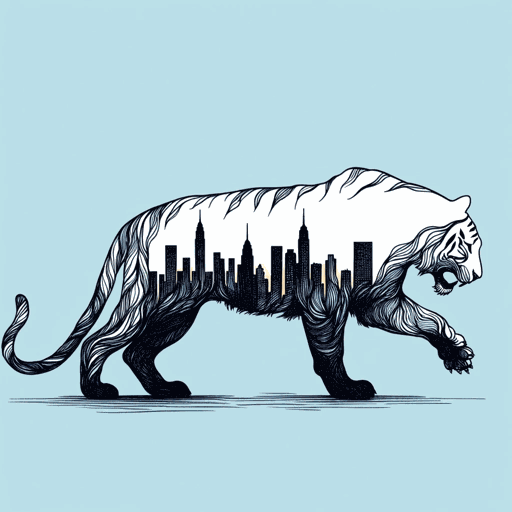
America
Claude McKay
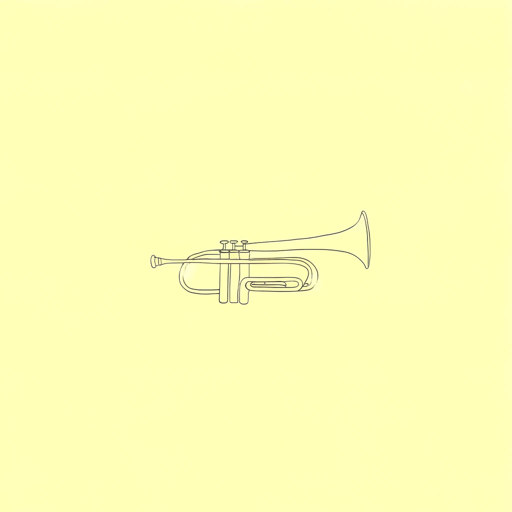
Home To Harlem
Claude McKay

If We Must Die
Claude McKay
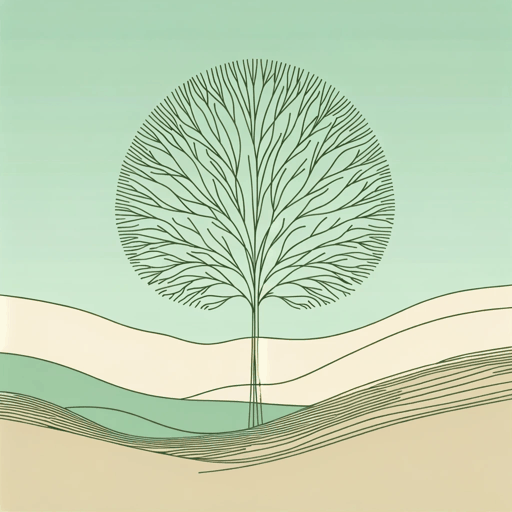
Joy in the Woods
Claude McKay

The Lynching
Claude McKay

The Tropics in New York
Claude McKay
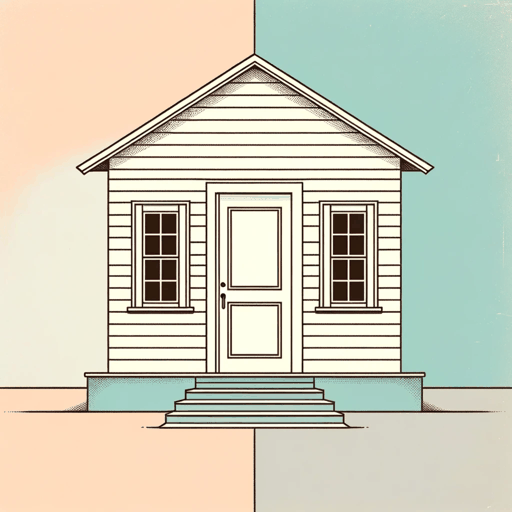
The White House
Claude McKay

To One Coming North
Claude McKay
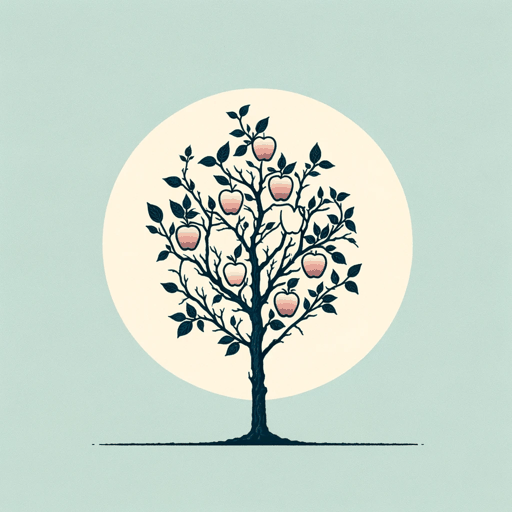
When Dawn Comes to the City
Claude McKay

